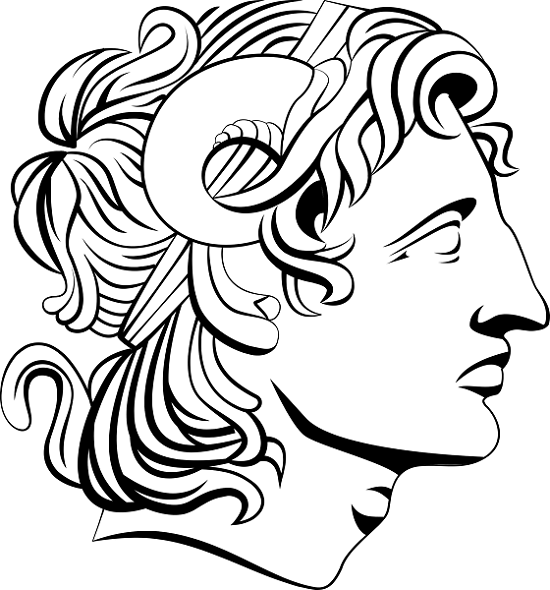The most famous poisonings in history – what caused them?
The mystery of Alexander the Great’s death
Alexander the Great died in Babylon on June 13, 323 BC in the 33rd year of life. The most sensational version of death, of course, is poisoning. The main suspect was one of Alexander’s wives, who allegedly poisoned him with a little-known at the time poison derived from the strychnine plant. According to the writer and historian Graham Phillips, the Persian Princess Roxanne poisoned her husband for taking another wife. Perhaps she was jealous of the ruler famous for his bisexuality and to his lover Hephaistion, whom he, as one voice argue the ancient authors, loved more than all wives put together.
“The first symptoms of the disease were intense excitement and trembling,” writes Phillips in his book, “Alexander the Great, the murder in Babylon”. – Then there was a sharp pain in the stomach area. The king fell on the floor, squirming in a convulsion. Alexander was very thirsty, he was delirious. At night he was hallucinating, he was cramping…”

Strychnine is to blame!
The symptoms of Alexander the Great’s disease are similar to strychnine poisoning. This neurotoxic poison disrupts the nerves responsible for the muscles. It was not famous in the West at the time because its source was a plant that grew only in the Indus Valley. Alexander visited India two years before his death. Roxana accompanied her husband on that trip. She liked the local customs and even visited the sacred grove, where local priests took small doses of strychnine. Thanks to the poison, they saw hallucinations, which they considered revelations of the gods.

Most probably the poisonous plant that caused Alexander’s death was Strychnos nux-vomica, as its origins and the symptoms of poisoning match the story. Poisonings from this plant are rare – bitter strychnine usually causes the vomiting reflex.
Mechanism: blocks the action of inhibitory neurotransmitters like glycine. Symptoms: pulling pains in all muscles of the body that develop into painful seizures. Strychnine amplifies reflexes so much that seizures may occur in response to the slightest stimulus. Death comes from suffocation.
Antidote: curare-like drugs can work as an antidote.
However, this plant’s seeds have found wide applications in pharmaceuticals industry (remember, we mentioned at the beginning that some substances are both a cure and a poison?). For example, nitrous oxide salt and galena drugs have very beneficial effects on digestive and circulatory systems. A substance, strychnine nitrate, is coming from Strychnos nux-vomica seeds, which is useful for toning up the nervous system and stimulating metabolism. But of course one should only use it under doctor’s supervision!







